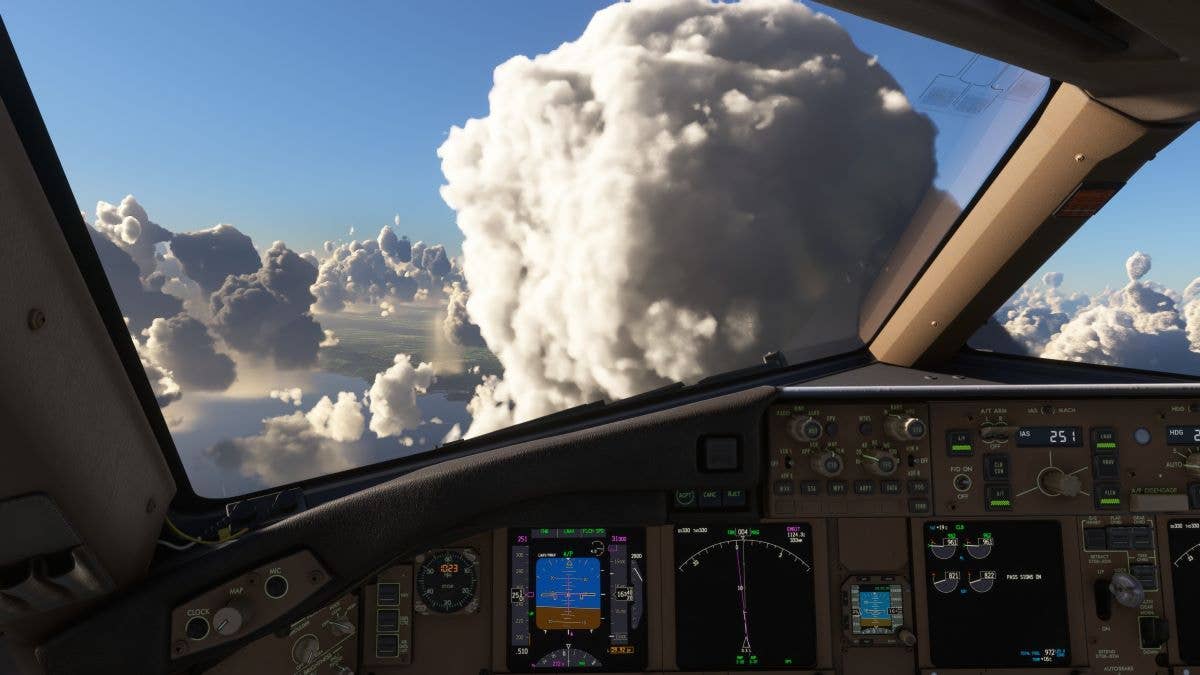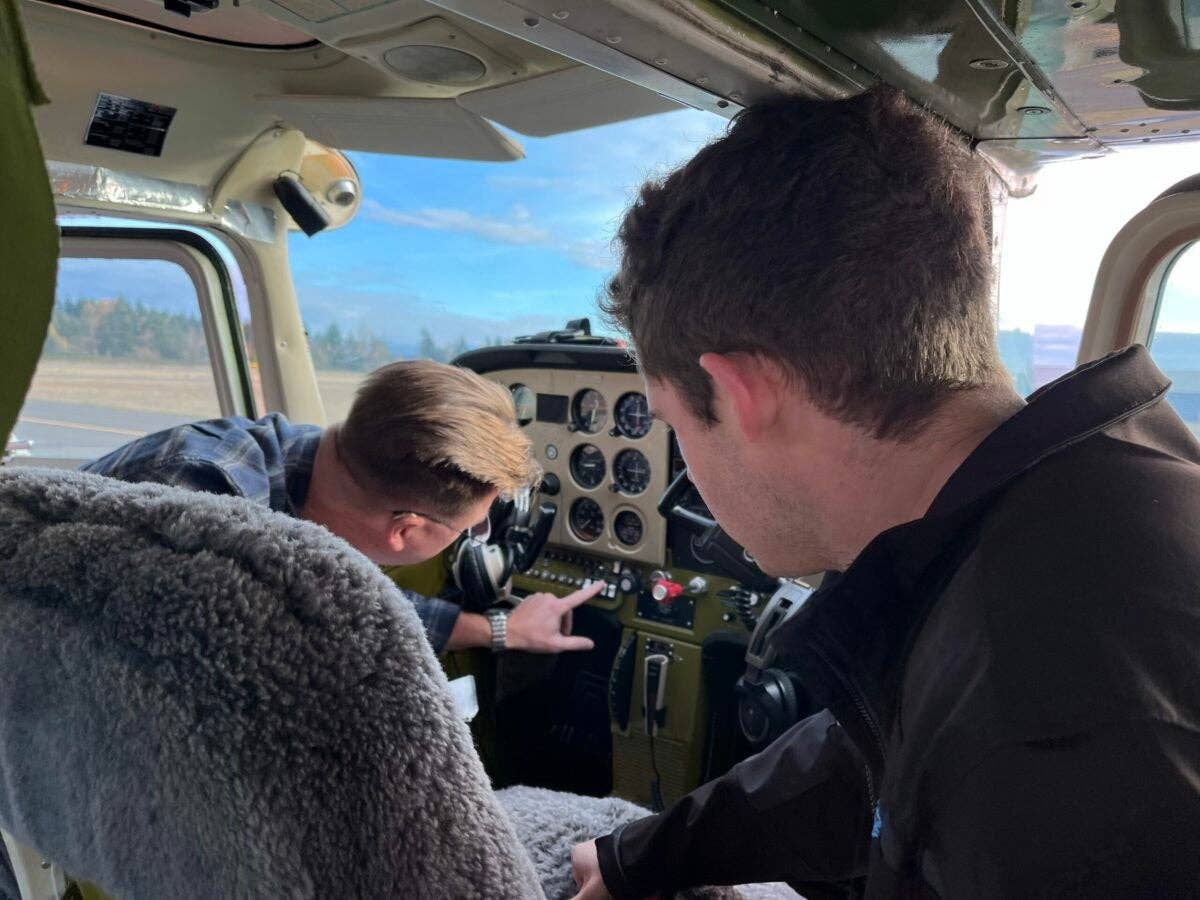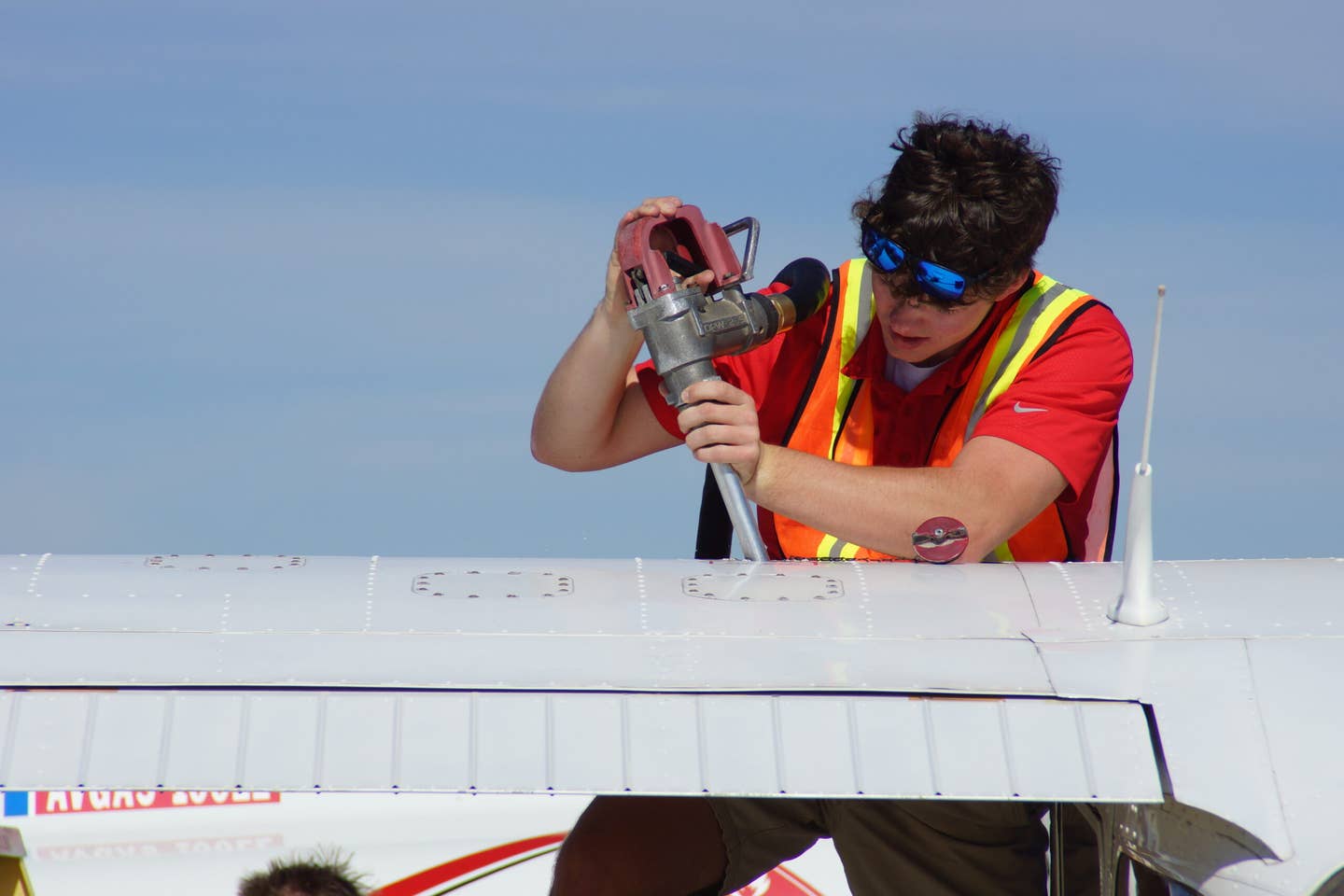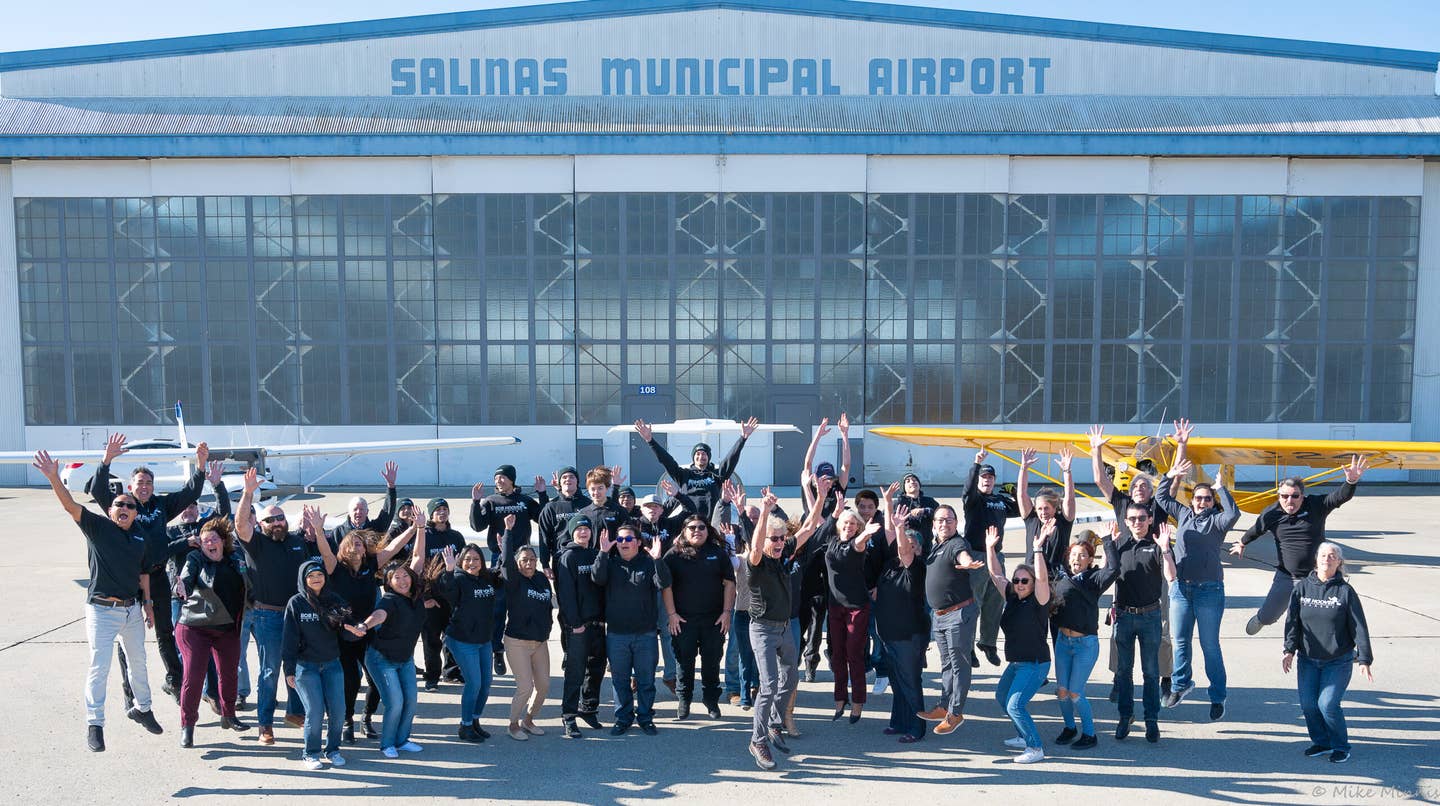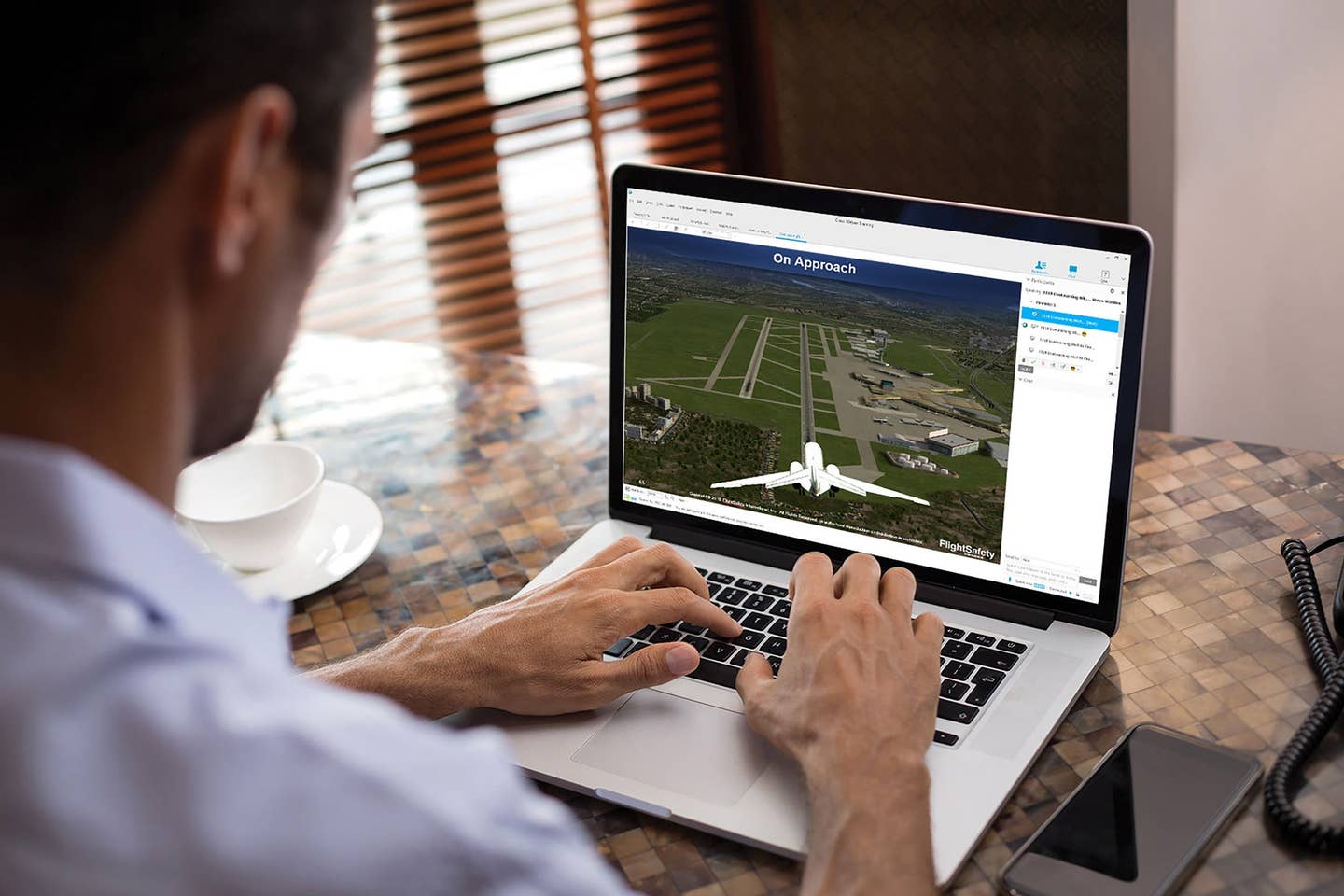Simulator Training Helps You Fly Your Ideal Aircraft Better
A chance encounter with a flight simulator convinces the author that he needs to spend more time with it.
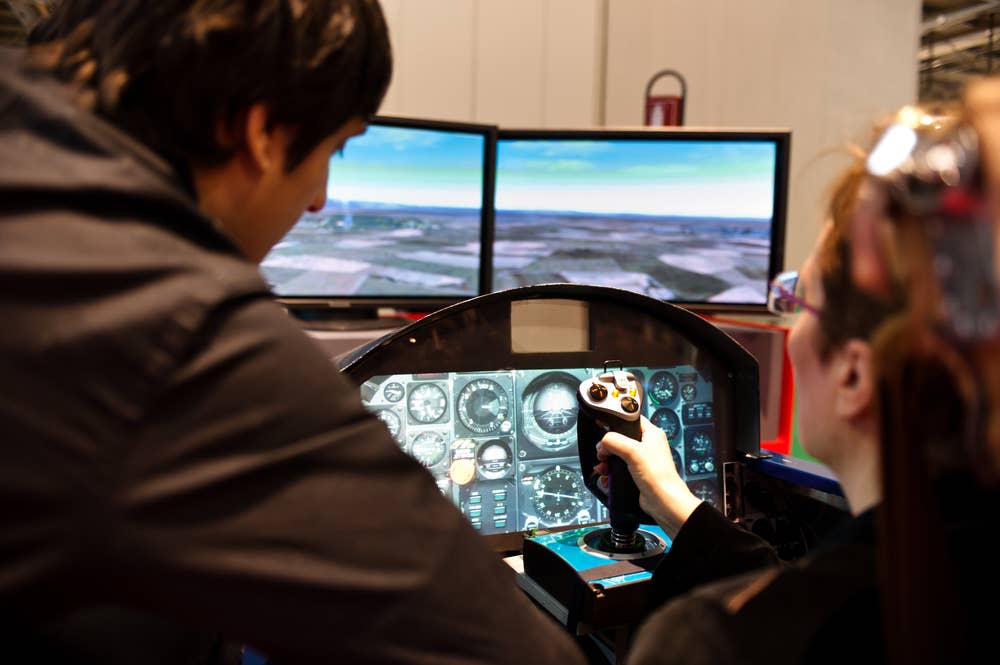
Pilots can get valuable practice on simulators that are available at many airports. [Credit: Shutterstock]
I finally flew on a simulator last week after years of making excuses to avoid doing so. I always figured I spent enough time flying in the real world and did not need to buzz around virtual airports in my spare time.
I was wrong. While visiting a fellow pilot in Michigan, he mentioned having a simulator available at his airport. After finding out that I had no sim experience, he essentially insisted that I give it a try.
- READ MORE: What Are the Best Flight Simulators?
Minutes later, I was in the pilot seat of a Cessna 172 RG, holding short at Runway 26 right at Grand Rapids Gerald R. Ford International Airport (KGRR). This certainly was not a full-motion model that mimics the attitudes and sensations of climbing, banking, descending, and bouncing a landing. But its large wrap-around screen filled my field of vision and was realistic enough to bring on fatigue, target fixation, and minor motion sickness.
Initially, the most difficult part of simulator flying was getting a feel for the controls, especially the yoke, which was surprisingly sensitive in pitch. Roll was better, and the rudder pedals felt about the same as those in the 172P that I flew for many years. Next, I had to get used to the digital landscape, over which I had difficulty judging altitude and lateral distances. I soon realized that the electronic terrain, based on the area’s actual terrain, simply was flatter than where I typically fly. The lack of variation was forcing me to adjust my perspective.
I flew from Grand Rapids to other airports in the surrounding area, including West Michigan Regional (KBIV) in Holland and Padgham Field (35D) in Allegan. I was almost comfortable flying the virtual 172 Cutlass when I heard my friend tapping his keyboard and found myself under a low overcast and then suddenly in IMC—a frighteningly realistic scenario.
This situation reminded me of recent long trips during which clouds began to close in and I wound up carrying on long conversations with ATC while requesting a series of heading and altitude changes. Those incidents were stressful but eventually turned out well. Still, flying in such conditions quickly becomes tiring.
Focusing on my instruments while testing my ability to keep the airplane under control in a cloud quickly wore me out, and I could feel myself getting worse at keeping the wings level and maintaining standard rate turns. Occasionally, I stared for too long at the altimeter or turn coordinator before realizing that my airspeed had fallen below 60 knots. No wonder I was having trouble with directional control. That is why scanning is a fundamental part of instrument training and why instructors teach specific scanning techniques for keeping the airplane in stable flight.
Overall, the simulator time was immensely helpful and encouraged me to seek more before beginning the flying part of my instrument training. It also gave me an idea of what to expect in the clouds and at least a hint of how uncomfortable it will be, at least in the beginning. I recommend it—and will do more soon.

Subscribe to Our Newsletter
Get the latest FLYING stories delivered directly to your inbox

